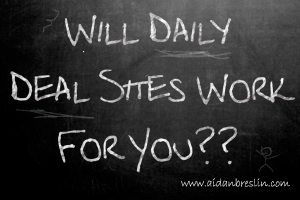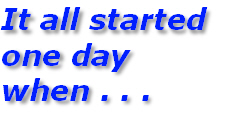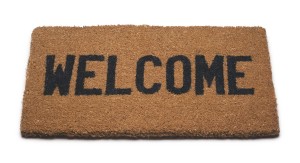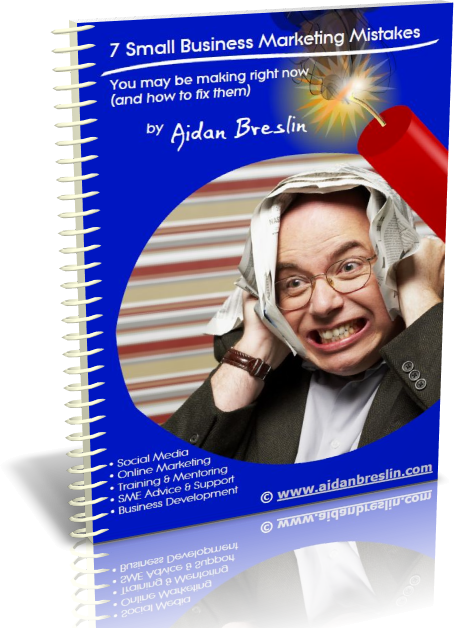How Local Food Providers can use the Horsemeat Scandal to gain some Marketing Capital
The recent horsemeat food scandal, which started with an Irish lab finding horse DNA in one batch of frozen burgers from a Monaghan-based food processing plant, has now escalated to a massive European-wide can of worms.
Many people (myself included) were probably not aware of the fact (or maybe we didn’t want to think too much about) that the processed meat pack you buy from certain supermarket chains, has actually a massive chain of middlemen involved in it, stretching across Ireland, the UK, France, the Netherlands, Belgium and Romania.
Who knew?
Essentially globalisation of the food industry has led to an expansion of the supply chain, and consequently a control issue where it becomes very difficult to cross-check everything.
So now we have a crisis of consumer confidence, and a thread which has been pulled and is just going to keep unravelling and getting worse (as I write this traces have been found in school & hospital dinners, people are starting to get arrested, and processing facilities raided and closed down – I think it’s far from over)
So what does all this mean for your local business / SME if you’re in the food business?
Well, it’s stating the obvious to say that this is on consumers’ minds at the minute (and just in case they forget, the blanket news coverage of this Pandora’s Box will provide daily reminders)
And that’s what you can capitalise on as a local provider.
If you’re a local butcher, it’s an opportunity to reinforce the message that you provide locally sourced meat which can be traced back to the very farm the animal came from (if you can claim this). A chance to get the message out on your social media channels, website / blog, local newspapers, local radio, etc. and differentiate yourself in your market.
Same if you’re a local restaurant / hotel and you source locally and are confident in being able to back up that claim.
It’s a chance to gain some marketing capital and turn the tide on the big players who have been chipping away at your business for so long.
Here’s a local example of making the most of the PR opportunity: Derry Journal horse meat scandal article
And another from a UK trade association of independent butchers: The Guardian horse meat scandal article
Opportunities like this don’t come along often. Now is the time to strike.
Before the stable door is closed.






















